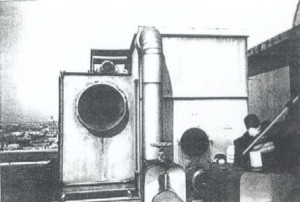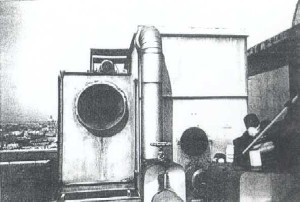In the 15th district in Paris, 8 cases of group contamination with legionellosis were detected on 1 September while the first symptoms were identified as early as 8 August. One patient died. The media pressure rose rapidly. The results of the epidemiological investigation commissioned on 1 September excluded hot water in favour of an environmental contaminating bacterial strain possibly spread by cooling towers.
Alongside the epidemiological investigation, an environmental investigation was launched in the areas visited by the patients within a radius of 500 m: 20 establishments were identified in the 15th district. The gathered information helped identify 6 high-risk sites including one visited by the deceased person who was working in a terrace. The first analysis campaign was launched on 8 September. To detect the possible presence of legionella bacteria, samples were taken from the 20 cooling towers in question: 4 of the 6 sites housed at least one contaminated tower. Strains identical to those infecting the patients were found on 1 site housing 8 cooling towers for 4 cooling circuits. Two of these cooling towers showed bacterial contamination between 1,000 and 100,000 CFU/l. The investigation revealed that the tower dilution system had broken down in the end of July. The facilities were obsolete (pipes not in use, scale formation) and a concentration effect was likely.
After inspecting the facility, the operator made several changes (removal of pipes not in use, etc.). A prefectural order dated 15 September ordered the cooling towers at risk to be drained and disinfected. A preventive biocidal treatment was administered and the consumption of water and the physico-chemical properties monitored. The inspection department launched a campaign to monitor check the classified facilities in the perimeter of contamination. This accident showed that training and sharing information with operators was virtually non-existent and the liabilities associated with the cooling towers (circuit design, scale formation, air inlets, random water treatment procedures, difficult access to the cooling towers) were rather hard to manage. The inspection was vital in some cases and so was a detailed visit to facilities at risk. A maintenance manual had to be drafted to keep record of the failures effecting facilities and the actions taken by the operator.
Download the detailed report in .pdf format (103 Kb)





